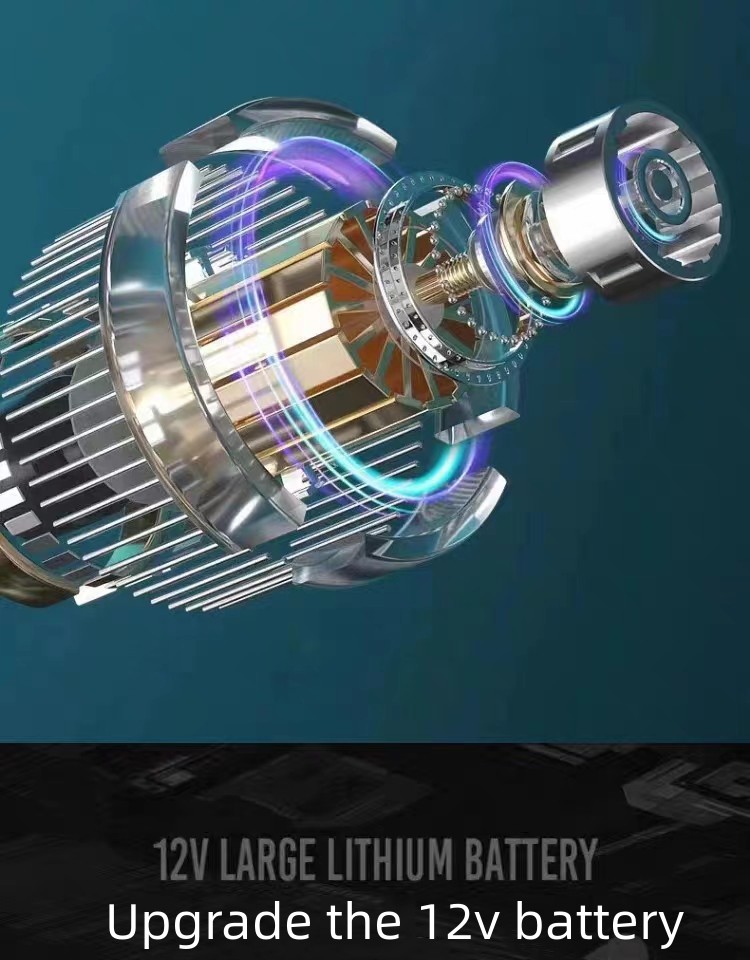Understanding Weight Limits for Self-Balancing Scooters and Their Impact on Safety and Performance
Understanding Weight Limits for Self-Balancing Scooters
Self-balancing scooters, often referred to as hoverboards, have gained immense popularity in recent years as a fun and convenient mode of personal transportation. However, one crucial aspect that potential users must consider is the weight limit of these devices. Understanding the weight limits for self-balancing scooters is essential for safety, performance, and longevity of the product.
First and foremost, every self-balancing scooter comes with a specified weight limit provided by the manufacturer. Typically, most hoverboards are designed to accommodate users weighing between 220 to 300 pounds. This limitation is not arbitrary; it is derived from engineering assessments of the scooter’s structure, battery capacity, and motor power. Exceeding the recommended weight limit can lead to a range of problems, including reduced maneuverability, increased stopping distance, and the risk of equipment failure.
Understanding Weight Limits for Self-Balancing Scooters
In addition to safety concerns, the scooter’s performance is closely linked to the user’s weight. Heavier riders may experience reduced speed and diminished battery life. The motors work harder to carry the additional weight, which can lead to faster battery depletion and may reduce the overall range of travel on a single charge. Users might find themselves needing to recharge the battery more frequently, which can be inconvenient.
self balancing scooter weight limit

Moreover, the longevity of the self-balancing scooter can be compromised if the weight limit is ignored. Continuous overloading can put significant strain on the scooter's motors and frame. Over time, this strain may lead to mechanical failures, such as worn-out tires or even frame cracks. Repairing or replacing parts can be costly, and in some cases, the scooter could become entirely unusable, leading to a complete loss of investment.
It’s also essential to note that the weight limits might vary not only across different brands and models but also based on their intended use. For instance, some scooters are designed specifically for children, with lower weight capacities, while others may be built for rugged terrain with enhanced durability and higher weight limits. Therefore, consumers should carefully read the specifications and select a model that best fits their needs.
Additionally, while the weight limit is paramount, riders should also consider their height and riding style. Taller users might need extra stability features, while aggressive riders may demand a more robust design. Choosing a scooter that matches personal size and riding habits can greatly enhance the overall experience.
In conclusion, respecting the weight limit of self-balancing scooters is vital for ensuring safety, optimizing performance, and prolonging the lifespan of the device. Potential buyers should conduct thorough research and consult product specifications before making a purchase. By doing so, they can enjoy the thrill of riding a hoverboard while remaining safe and secure on their journey.
-
Understanding Voltage in Battery for Children's Motorized CarNewsJun.05,2025
-
Safety Features to Look for in an Electric Car for KidsNewsJun.05,2025
-
How to Teach Your Child to Ride a Kids MotorcycleNewsJun.05,2025
-
How to Prevent Falls on a Balanced ScooterNewsJun.05,2025
-
How to Maintain Your 3 Wheeled Scooter for LongevityNewsJun.05,2025
-
Best Motorcycle Scooters for Urban CommutingNewsJun.05,2025
